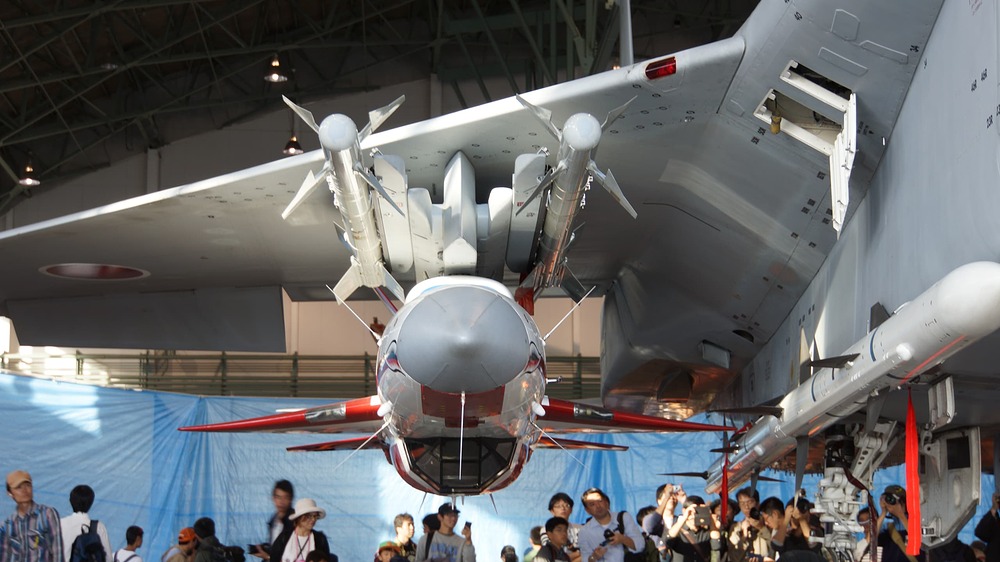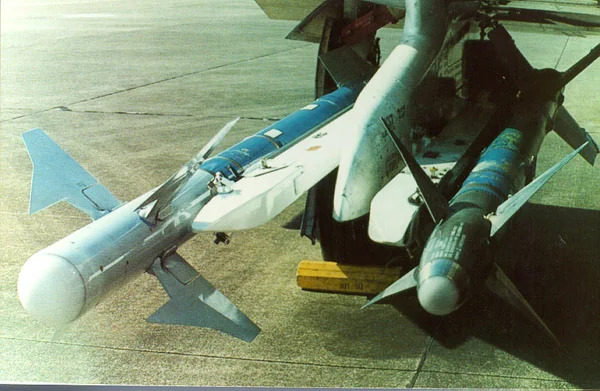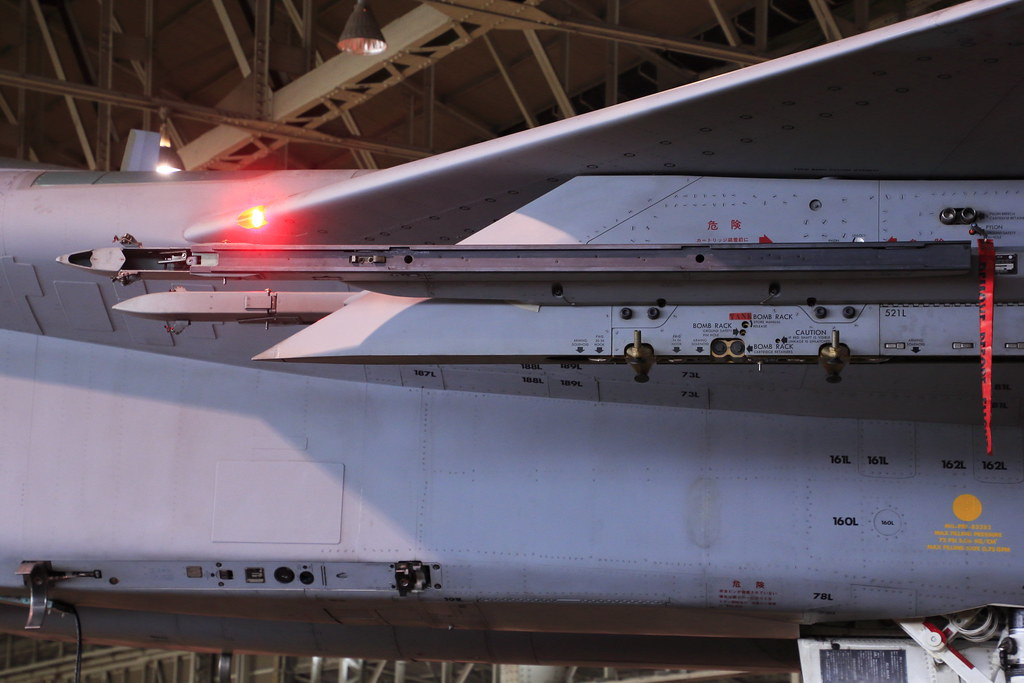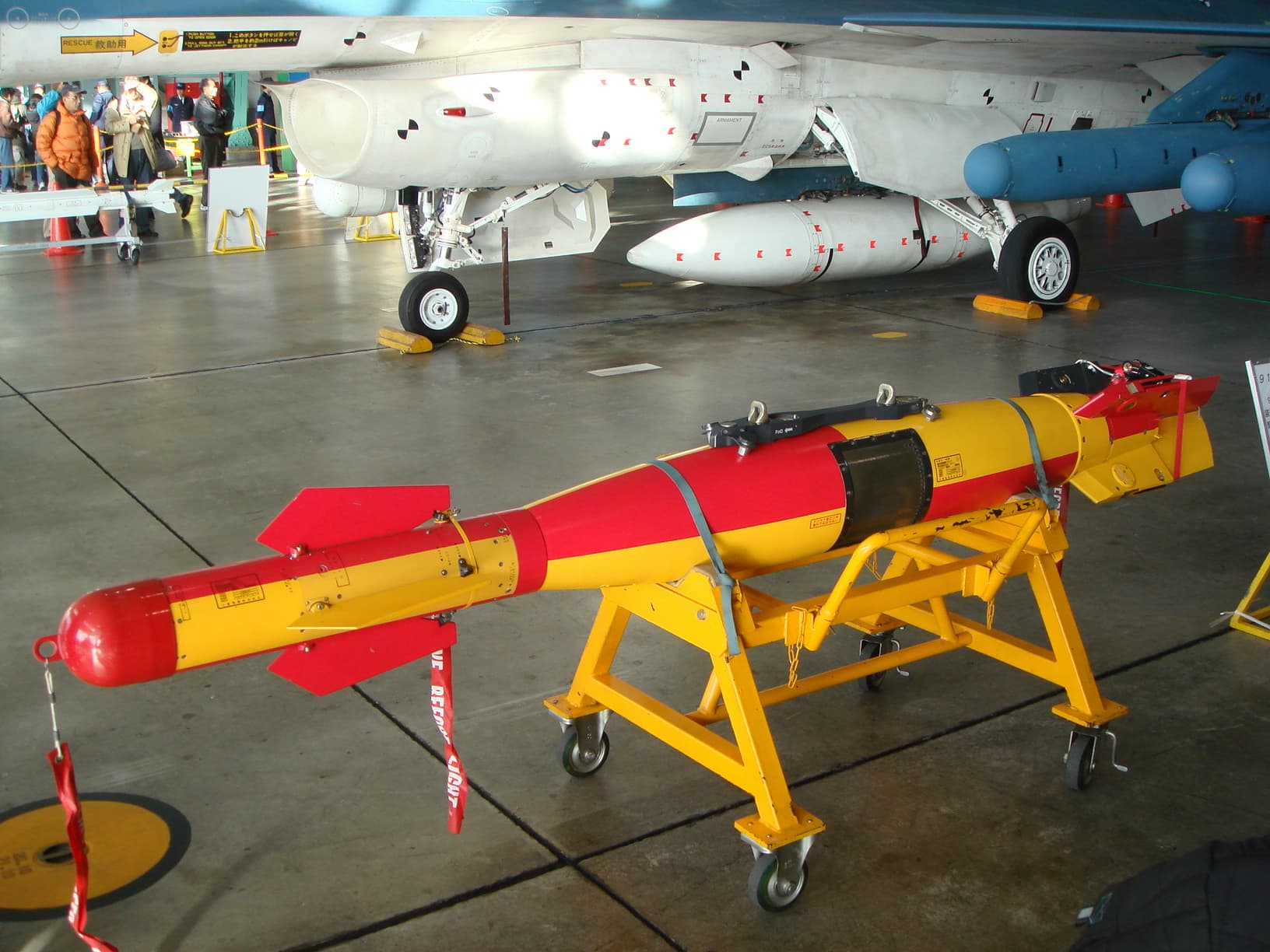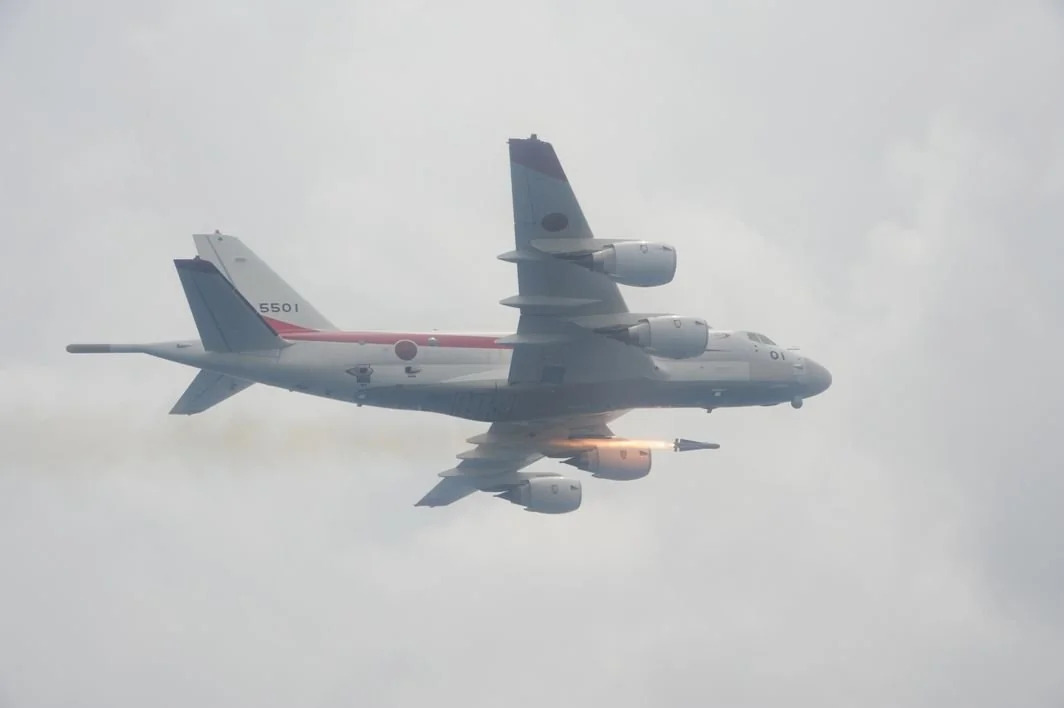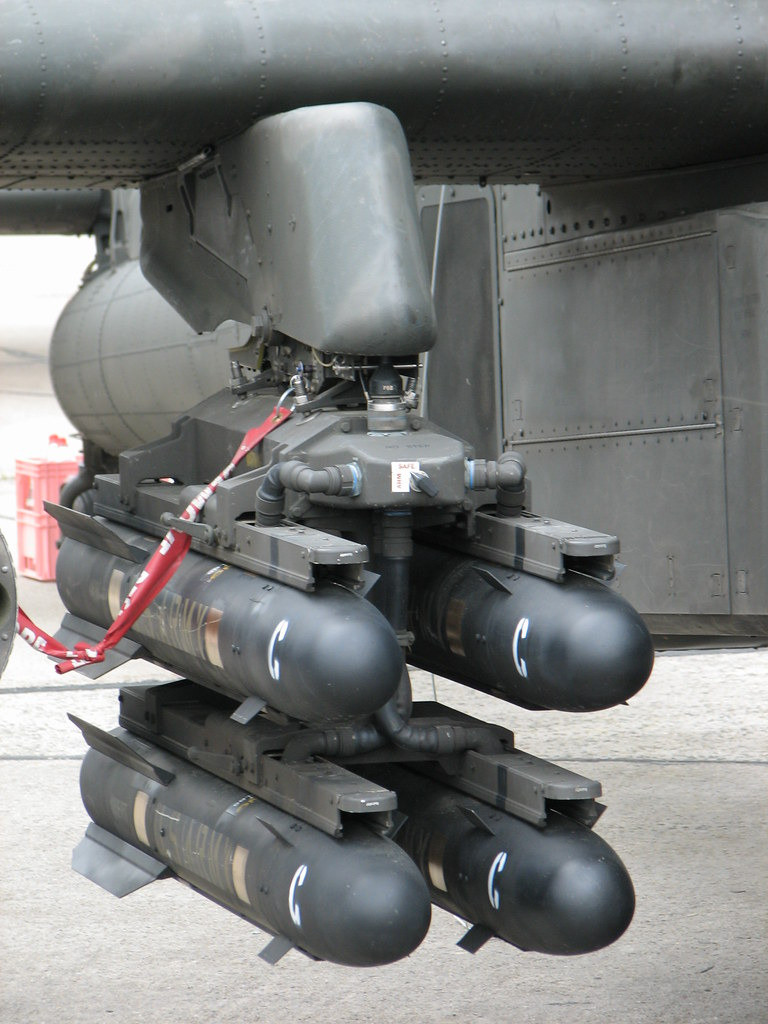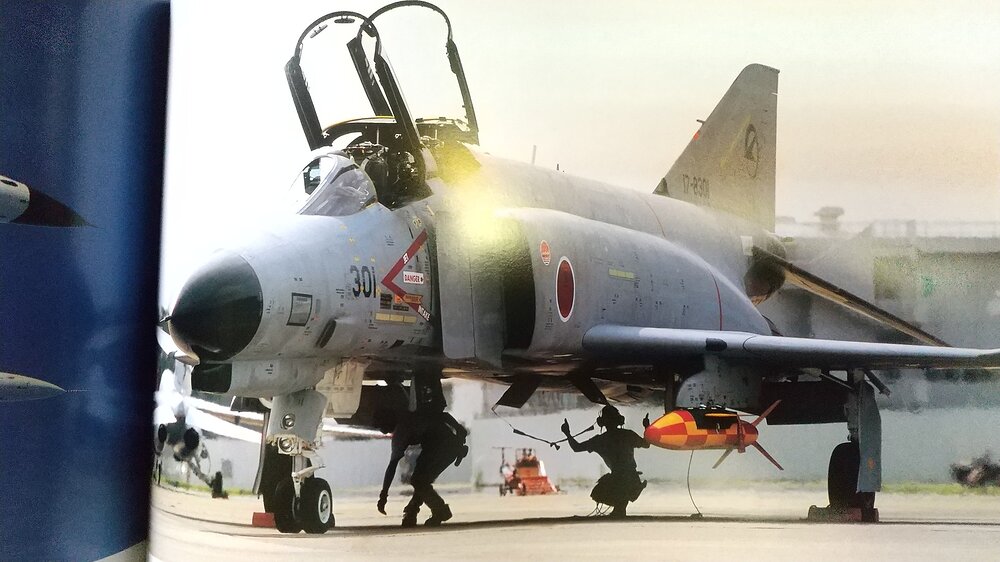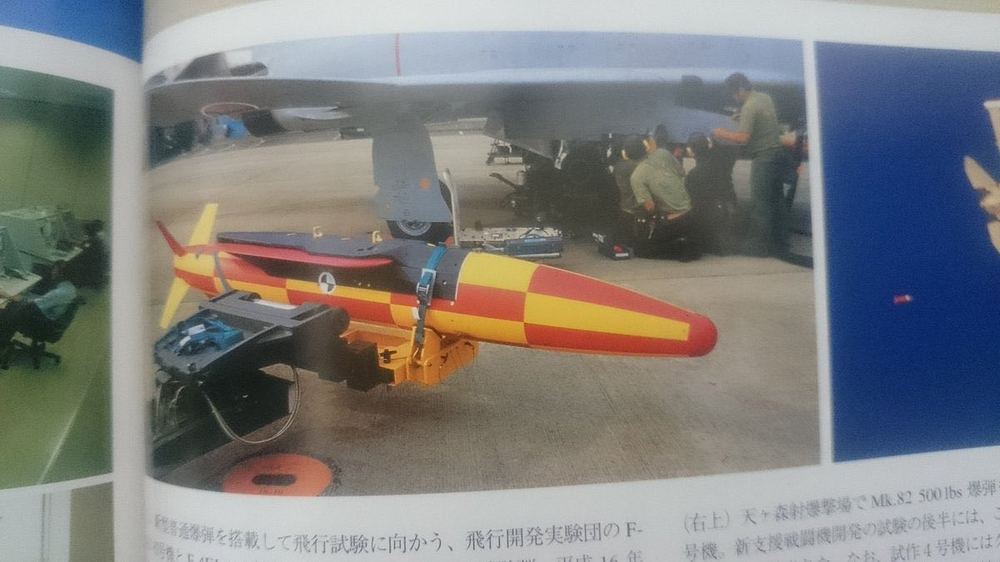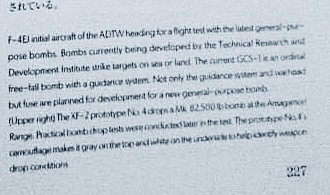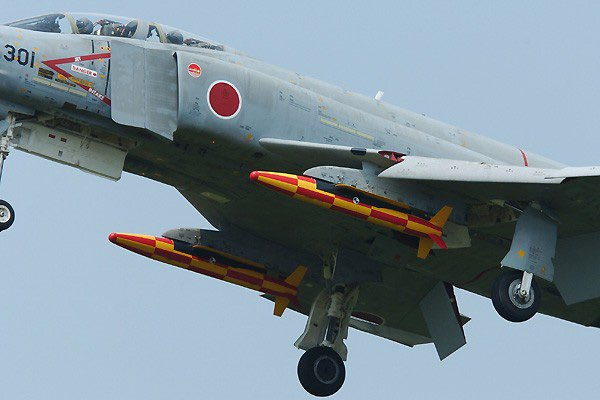I believe so? I’ll have to look into it.
Hmm… It seems really hard to tell which is which visually…
Hmm, nah those are definitely Lau-114s, CRLs have a bump in front of the front attachment point for the cooling bottle. Guess what i read was wrong, nevermind.
CRL diagram
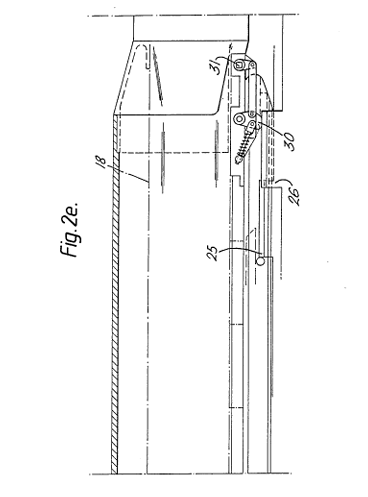
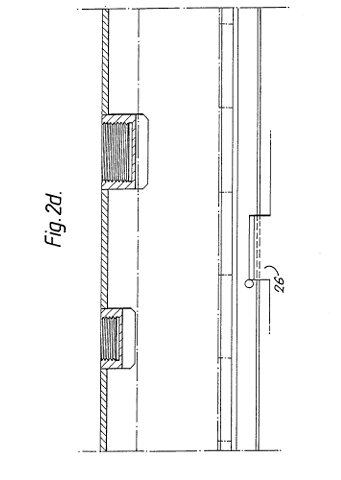

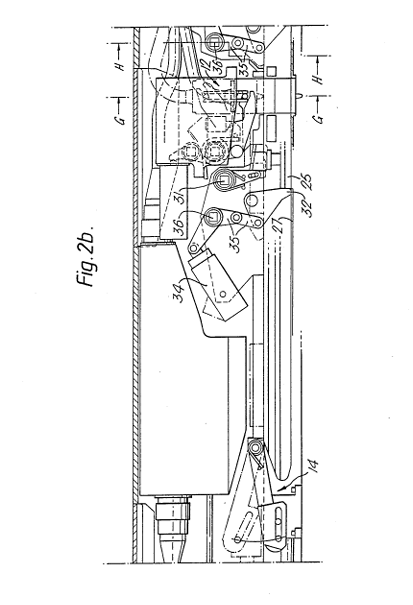
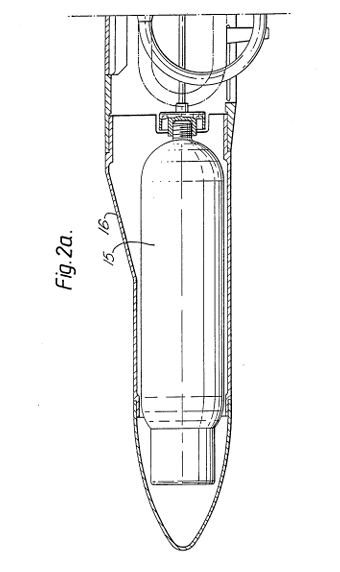
regarding the AIM-9M I forgot to add the F-15J in there,
as I mentioned, Japan doesn’t use AIM-9M’s.
neither does the F-15J, the AAM-3 is a imitation to the AIM-9M, it’s the nearly the same as what the F-2 is to the F-16.
in most research regarding the GCS-1, it’s incapable of hitting ground targets by heat signature because the signature is too faint for the seeker to target.
a Naval vessel emits a larger signature than a ground vehicle.
Penguin ASM cannot track tanks.
KH-38MT blatently doesnt exist.
Ig gaijin can allow some leanway for ahistorical accuracy/inaccuracy or a what if scenario (like the yak141 having any form of weaponry and IRST), thus allowing it to track tanks if they wanted to
Even if that was the case,
the reality is, ASM-2 or GCS-1/XGCS-2 can be used against ground targets because their seekers are not designed to hone in on those small heat signatures, they might be able to hone in on those signatures within 10 meters from target, at that point, why bother?
It’s not an imitation 9M? It was loosely based on the 9L, but also took a lot from the AAM-2. Originally, it was actually intended to be a competitor to the ASRAAM. However that was back when the ASRAAM was planned to be a more direct R-73 rival, before it got stuck in development hell for nearly 2 decades. Hence why the AAM-3 has such comically high off boresight performance for a non-TVC missile.
Also, no, it’s not about naval targets being hotter, the GCS-1 was designed to target small landing craft and the like, which are generally no hotter or larger in signature then a tank. The real thing stopping it from tracking ground units (Aside from it’s target identification specifically looking for ships), is that there’s not enough contrast. The GCS-1 takes between 50c and 70c of contrast between a target and the background, this is enough to make it not viable to track tanks in most conditions. Although it should technically be able to in colder locations, identification limitations not withstanding of course.
Also what seeker on the XGCS-2? Its GPS guided
AAM-3 was developed because the US didn’t allow Japan to receive the AIM-9M sidewinder missiles.
Japan went on like usual and basically tried to copy the AIM-9M’s specs for their own domestic missile.
also regarding the X/AAM-4
it’s just the F-15J that tested it.
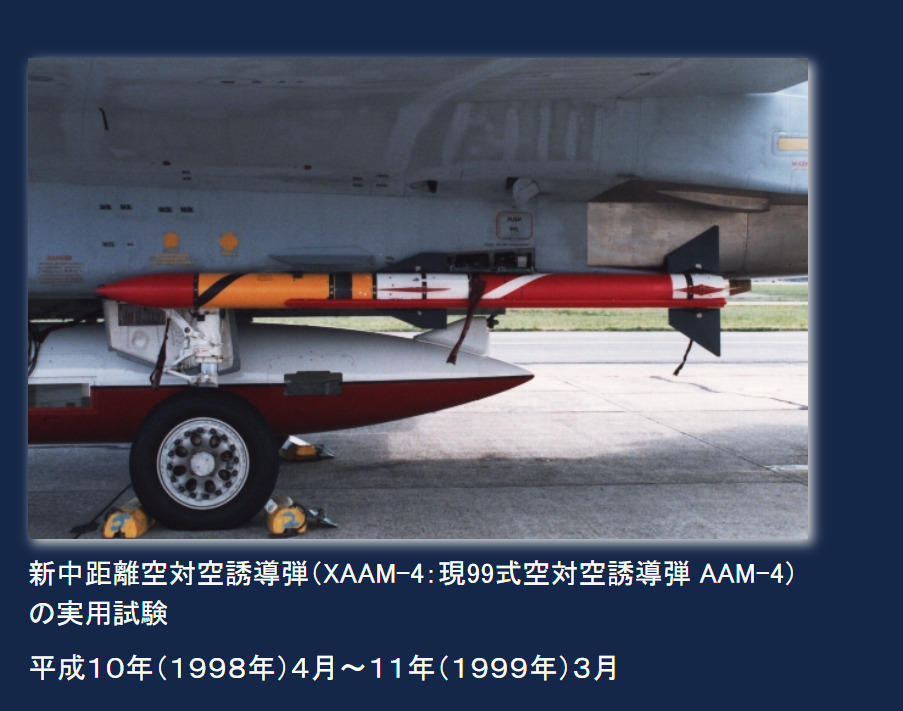
If you read any marketing or arms discussion/exporting material from it’s time of development, it was pitched largely as a ASRAAM alternative.
The US not allowing exports of advanced missile like the 9M was a large factor to it, but again, ASRAAM was in the early stages of pre-development at the time, and the python 4 would see development before the AAM-3 came to production. Japan saw foreign options for the missile and wanted their own alternative. It far exceeds a mere 9M in capabilities.
Warthunder’s AAM-3 being a near copy of the 9M is no where near comparable to what it should be, it’s easily one of the most gimped missiles in the game’s history, seeing as it should have far better IRCCM, and turn much, much harder, along with more general benefits like longer lock ranges and such.
That might be the case, but virtually every nation has some sort of fast firing weapon e.g. Brimstone, Kh-38’s, AGM-65’s and what does japan have? some jdams. Could give some ahistorical leniency to give japan something to be on somewhat the same level
They won’t, that’s why they have added Thailand as a nation.
Japan is incapable of using air to ground guided weaponry outside of maybe the AGM-65F on the P-1 and the AGM-114L / L Hellfires on the AH-64DJ’s.
Gaijin still not giving these to the DJP
They won’t, that’s why they have added Thailand as a nation.
It’s their way of giving the Japanese tech tree planes with CAS weaponry without having to go after piles of data which eventualy leads up to that GCS-1 and GCS-2 can’t be used against ground vehicles.
Japan is incapable of using air to ground guided weaponry outside of maybe the AGM-65F on the P-1 and the AGM-114L / L Hellfires on the AH-64DJ’s.
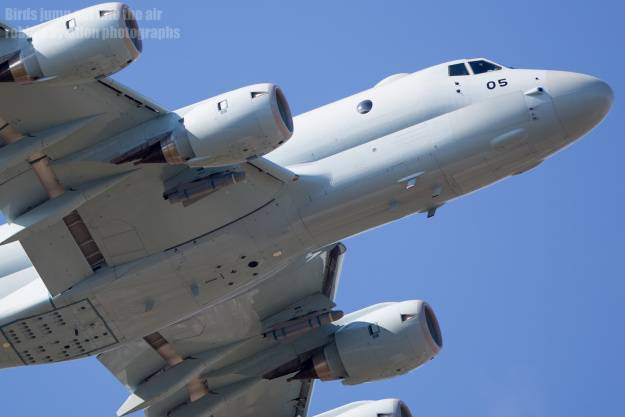
It’s only logical they focus on ASW and CAP (Combat Air Patrols).
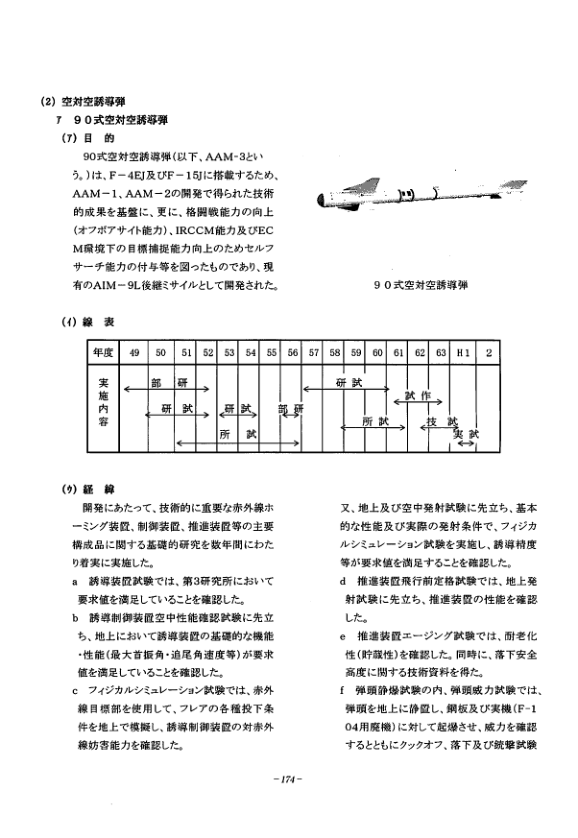
I don’t really understand what he’s saying. I trust primary sources.
So what you’re saying is the AAM-3 project that started before the AIM-9M was even a thing and was completely independent from the US is “like the F-2 to the F-16”?
Even the F-2 is nowhere near an imitation of the F-16, it shares only about 5% commonality and effectively resulted in a new aircaft completely. This is why the cost was similar (even higher on a per-unit basis) to the projected cost of the domestic FS-X. So even if AAM-3 was like F-2 it wouldn’t be as you are describing.
Please don’t start this again…
There is no hard limitation on guided weapons, only soft political factors making it difficult to support procurement of any new weapon type. Japan also ordered JASSM for their F-15JSI as another example, this time on a combat aircraft of the JASDF.
It has nothing to do with them being incapable of using these weapons.
@AlvisWisla Continuing from the other topic
Two M3 .50cals, seemingly unchanged air to ground including two 1000lb bombs and HVARs. This alone might ensure it goes above 6.0 even in air modes.
Misses AFB 1997
F-4EJ Kai on display
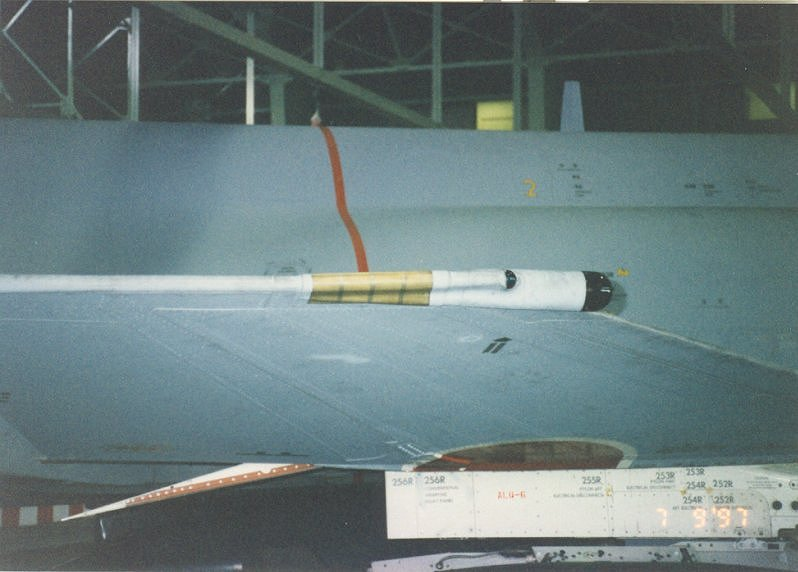
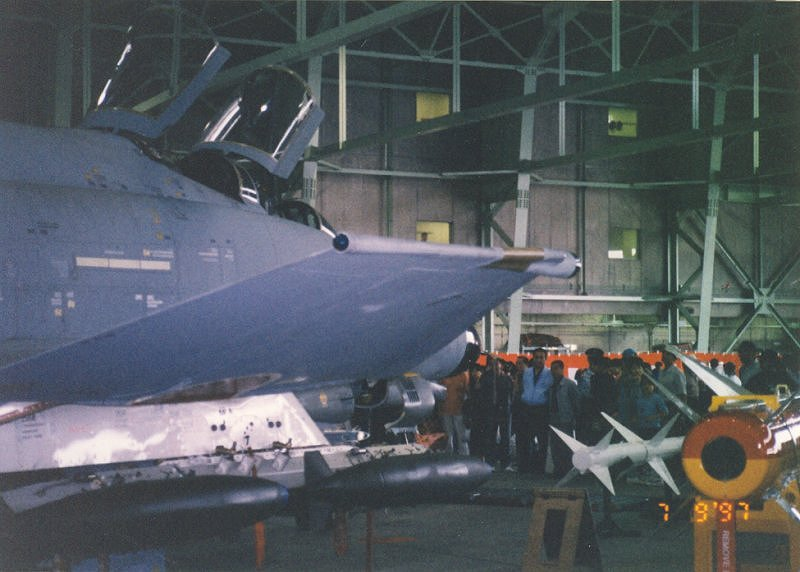

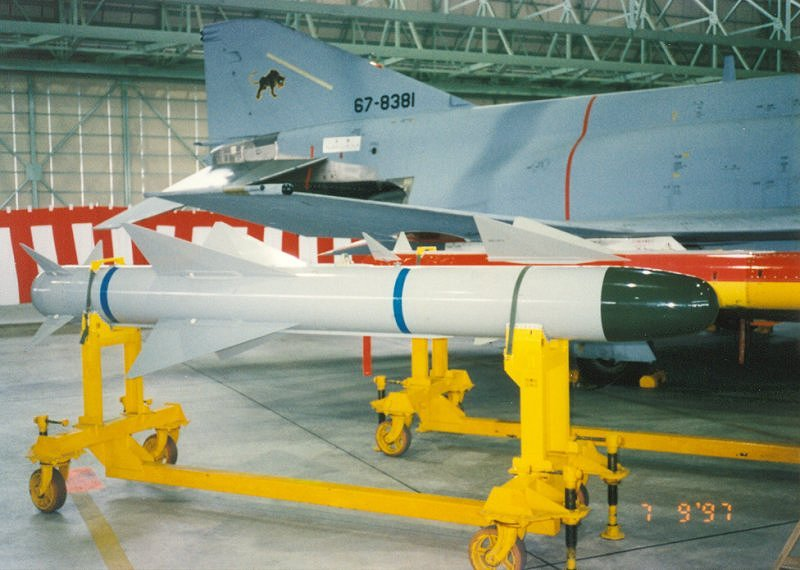
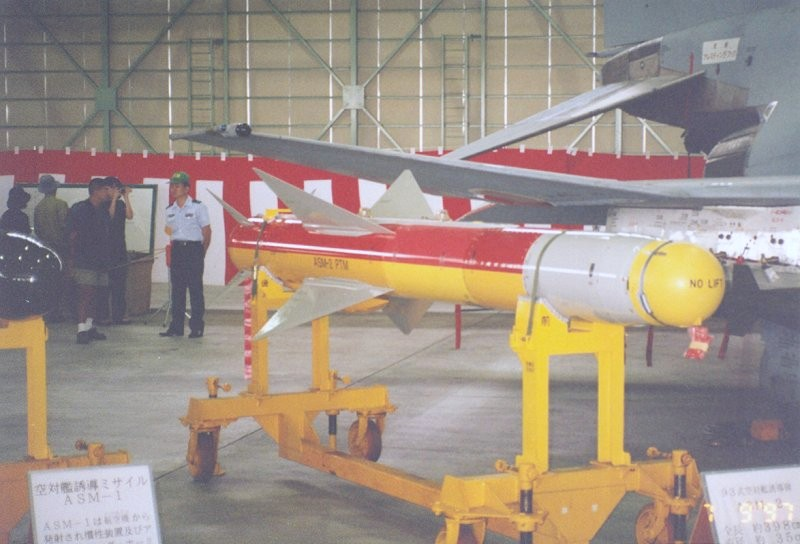
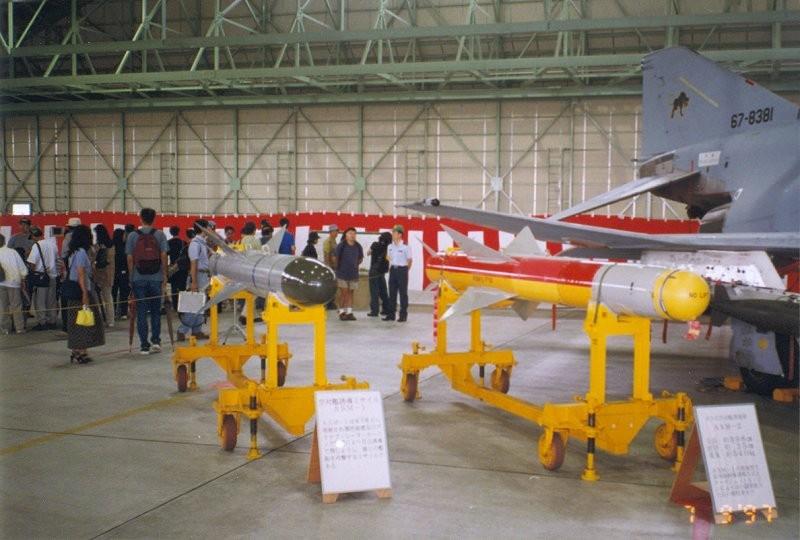
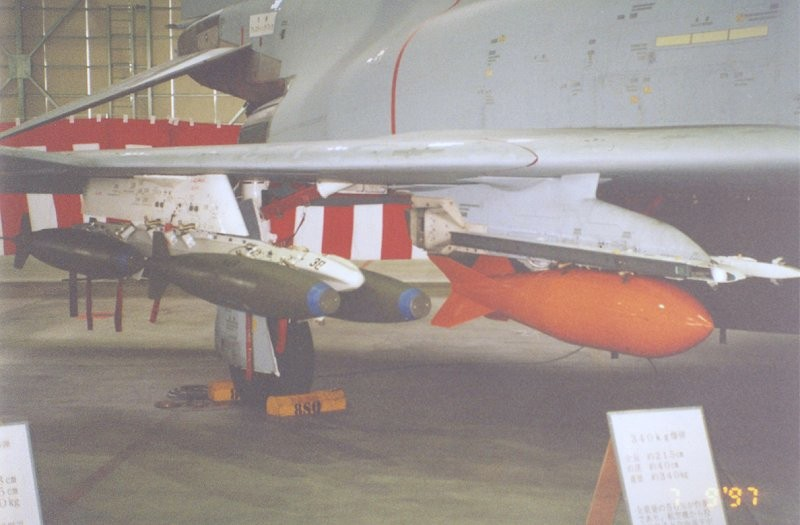
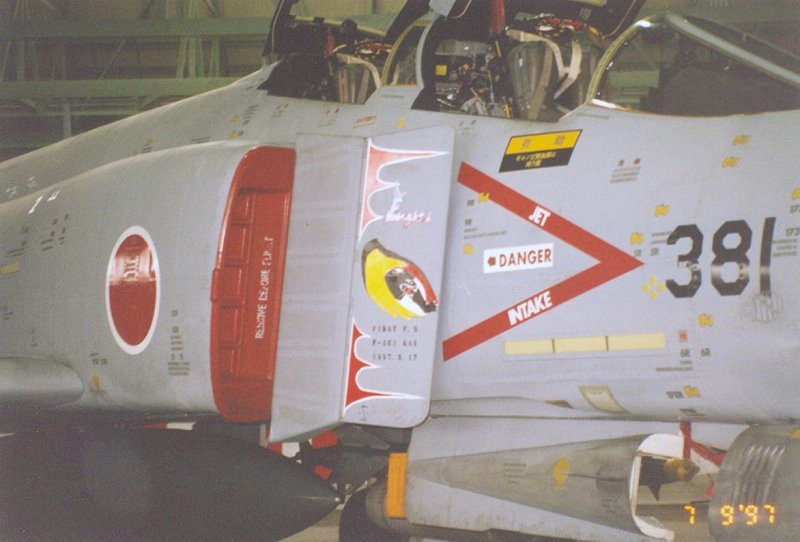
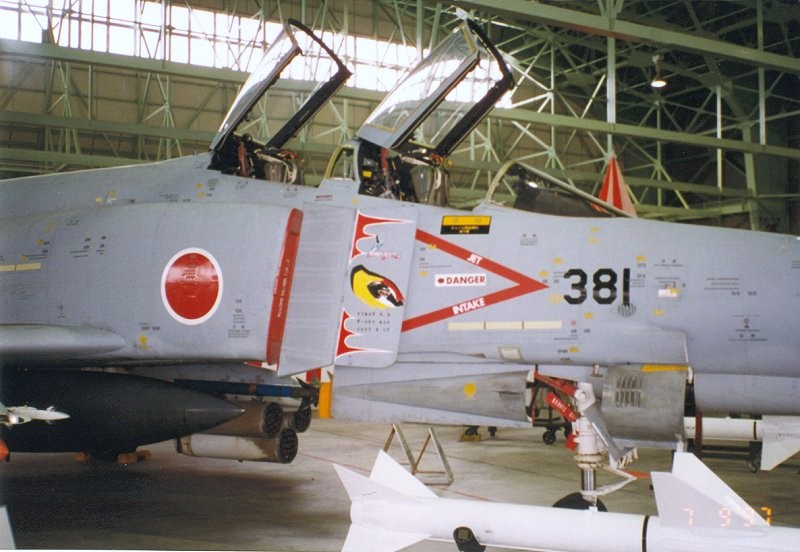
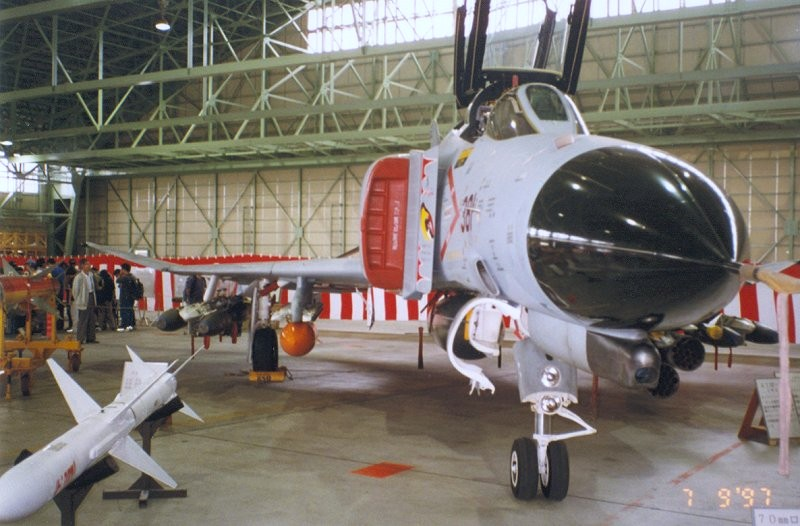
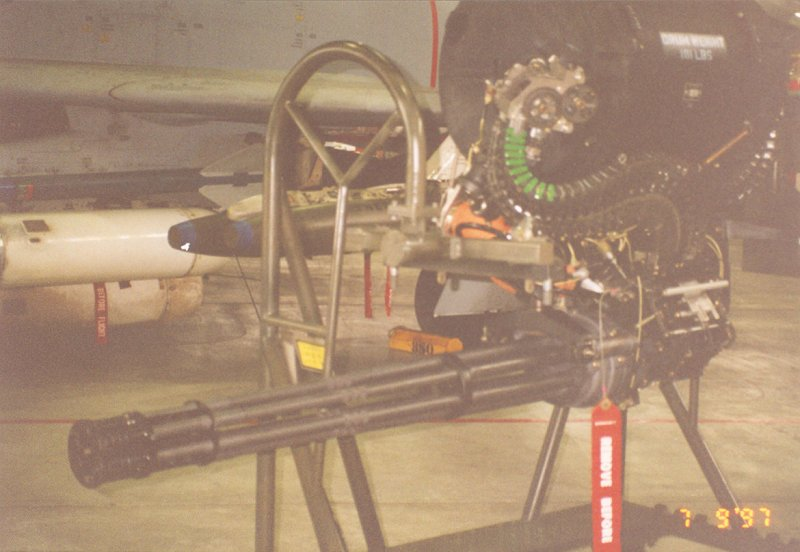
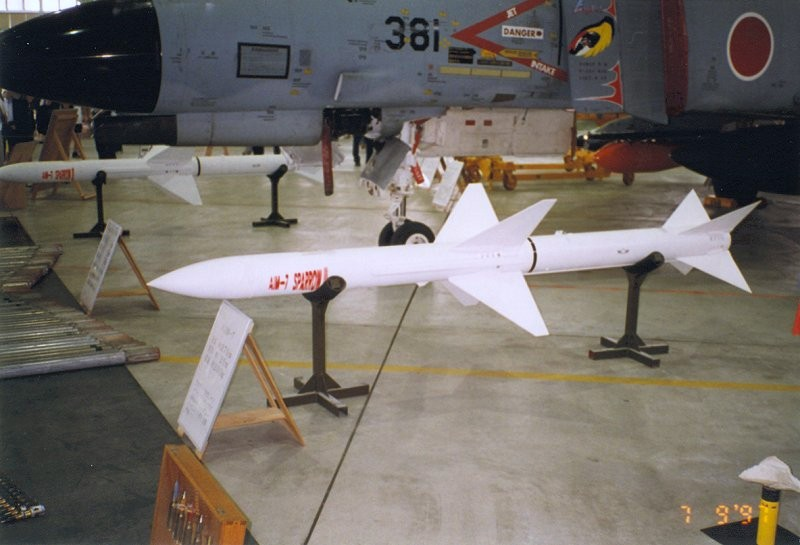
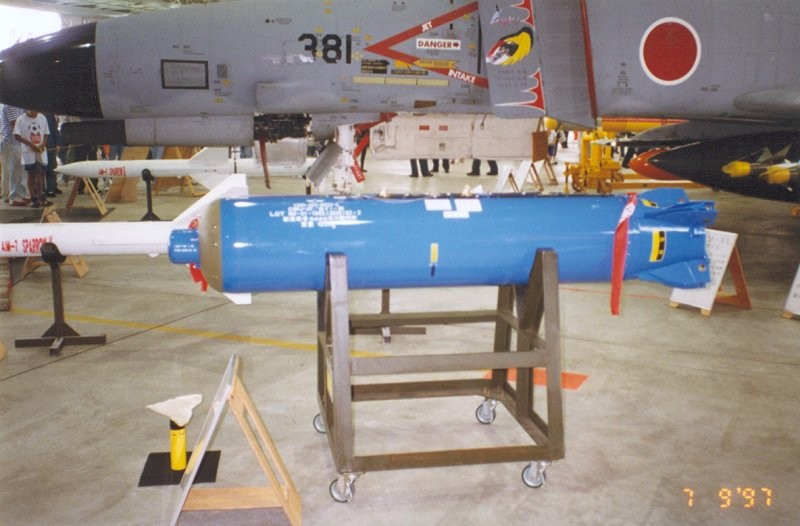
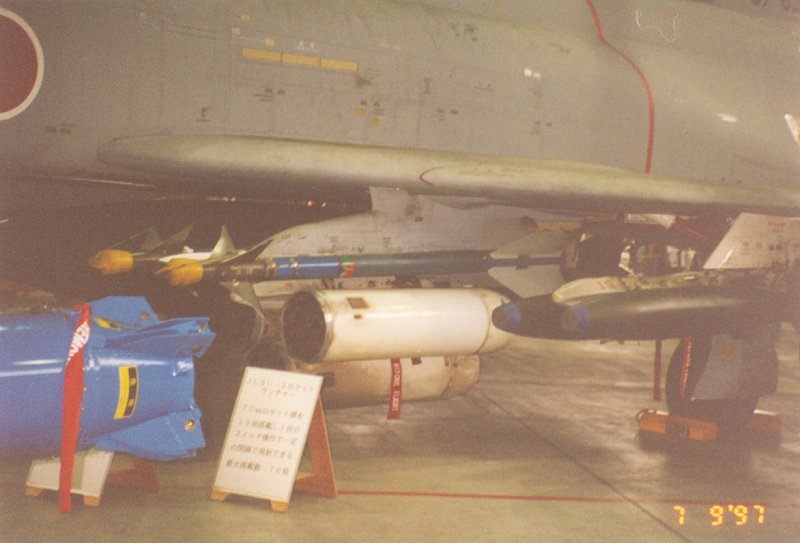
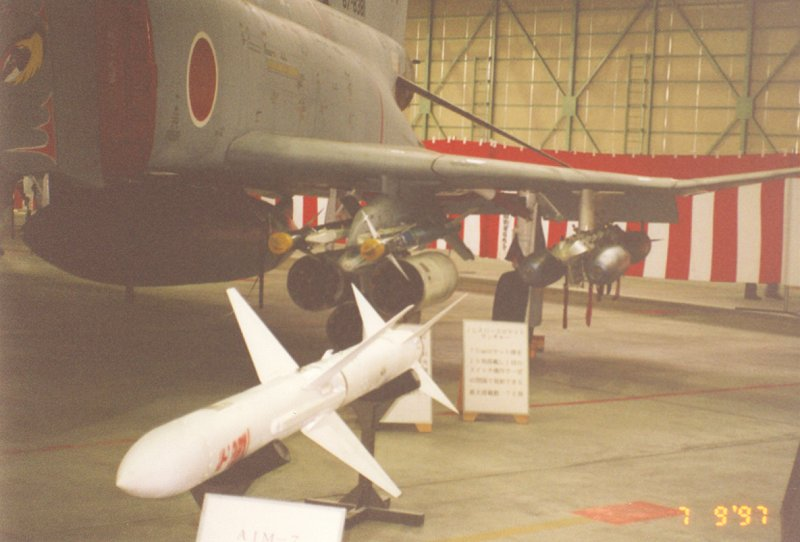
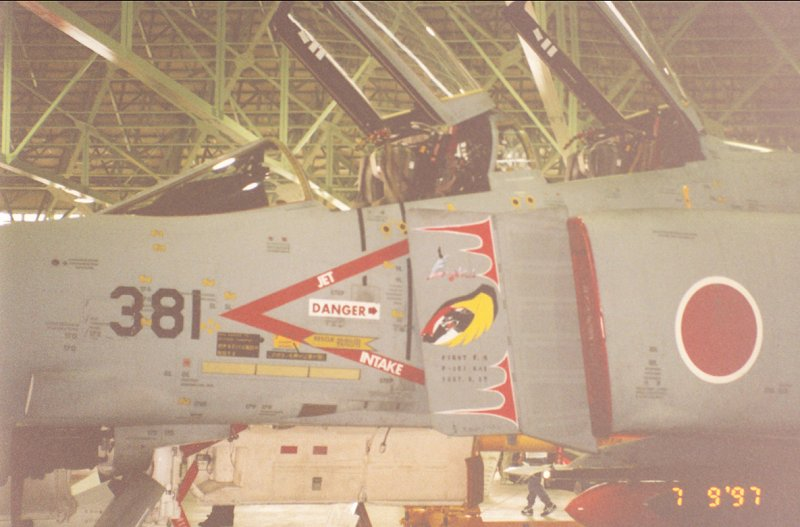
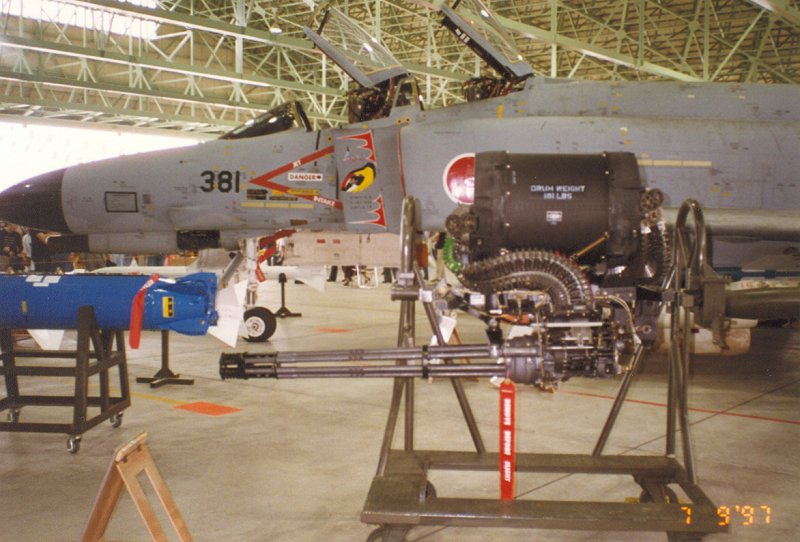
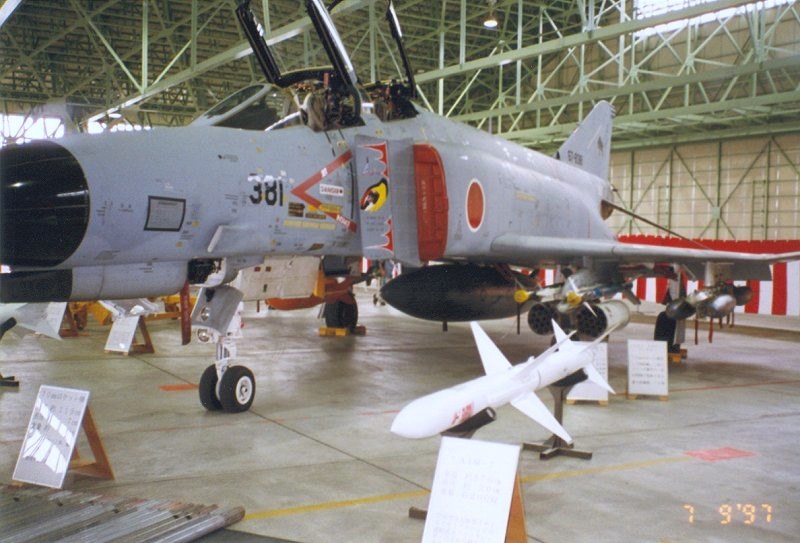
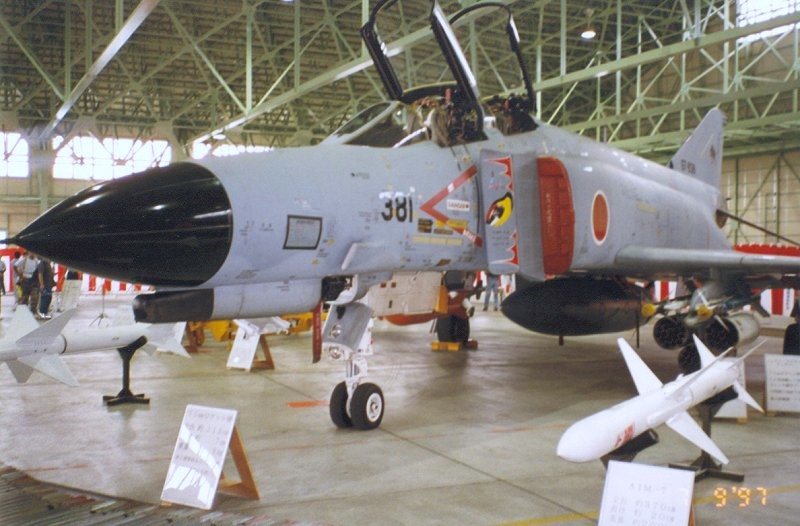
It only told me I could upload 5 images at a time
